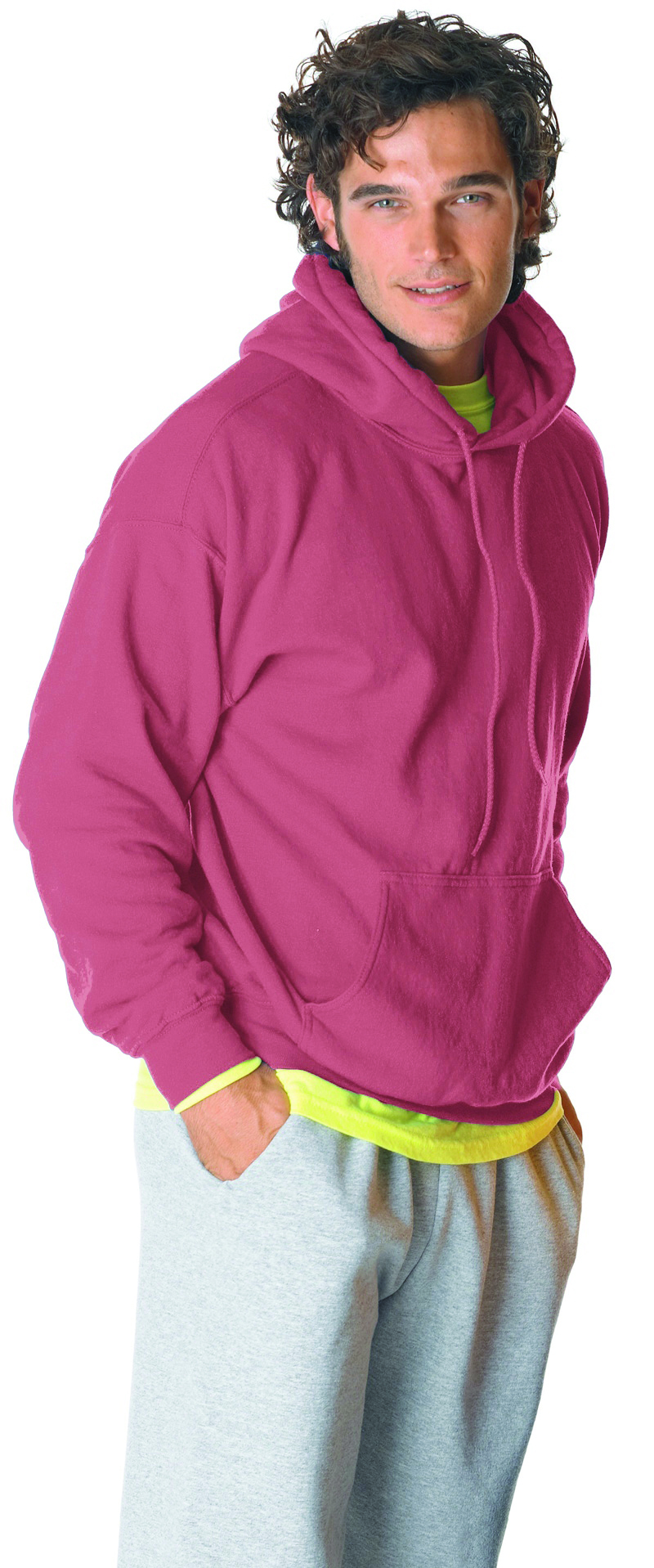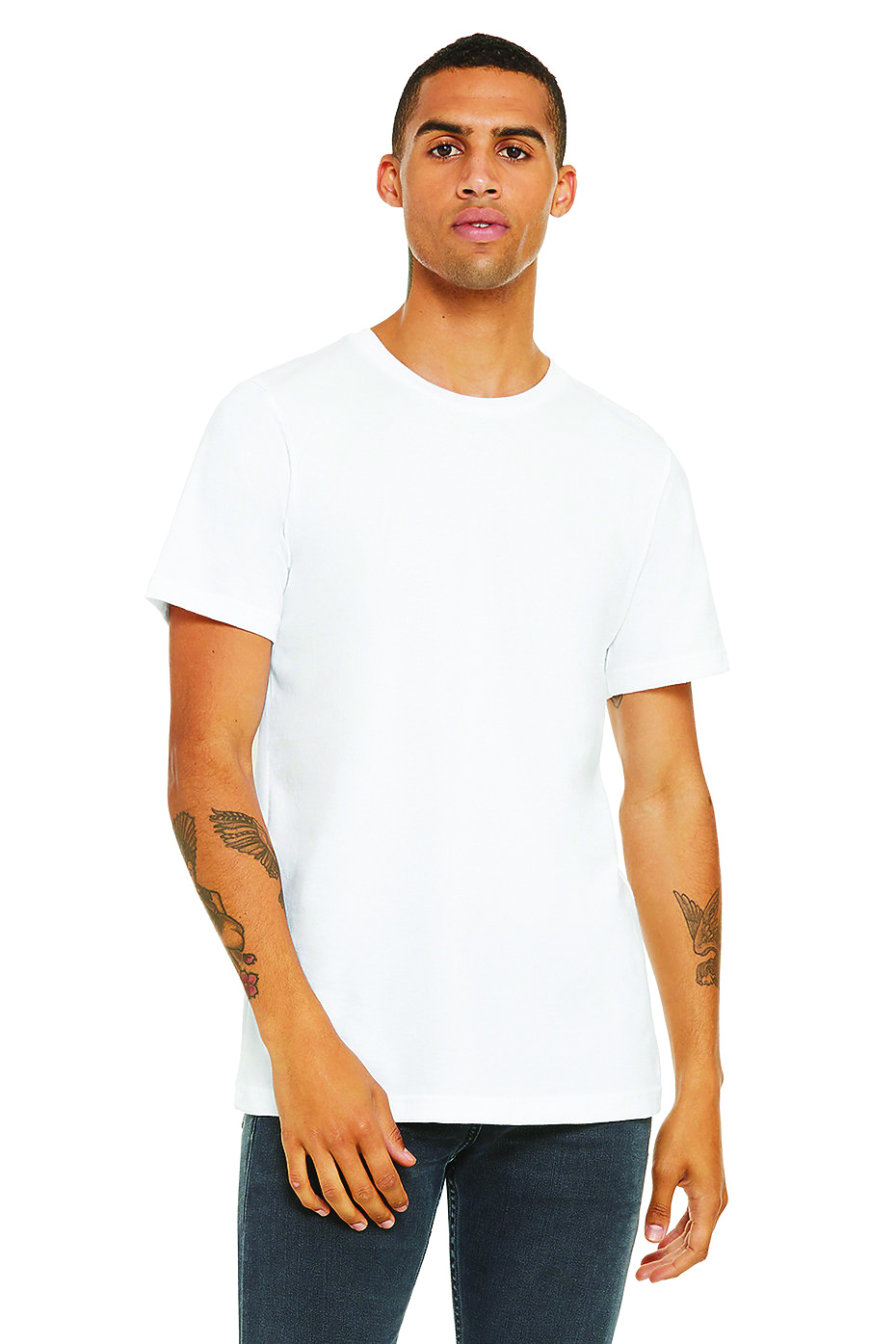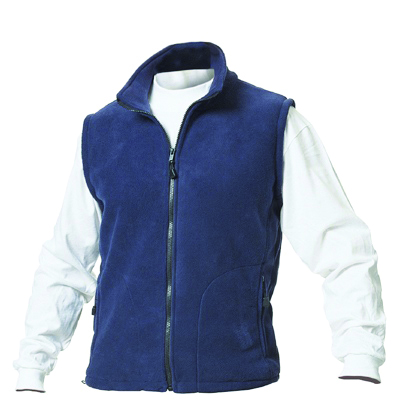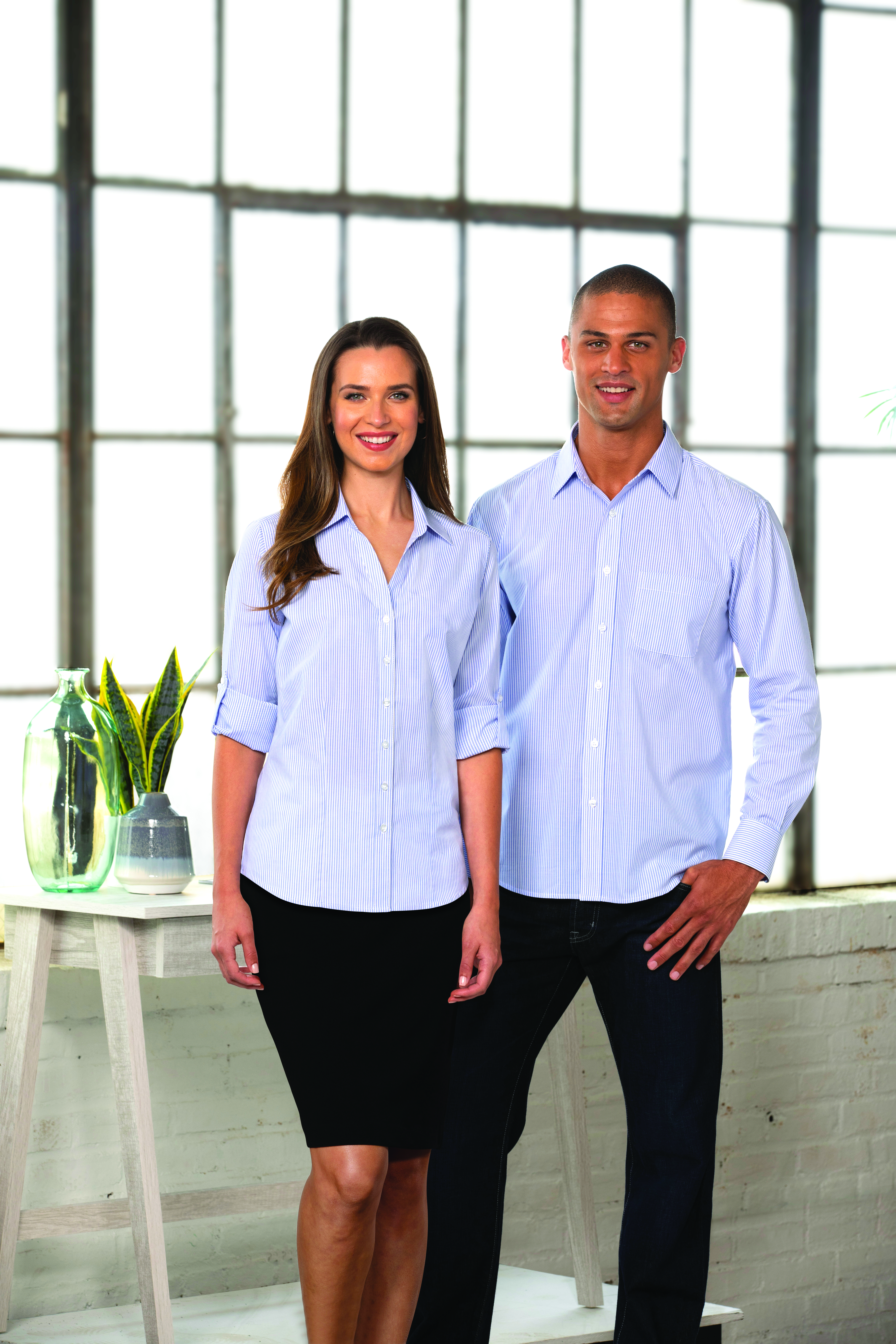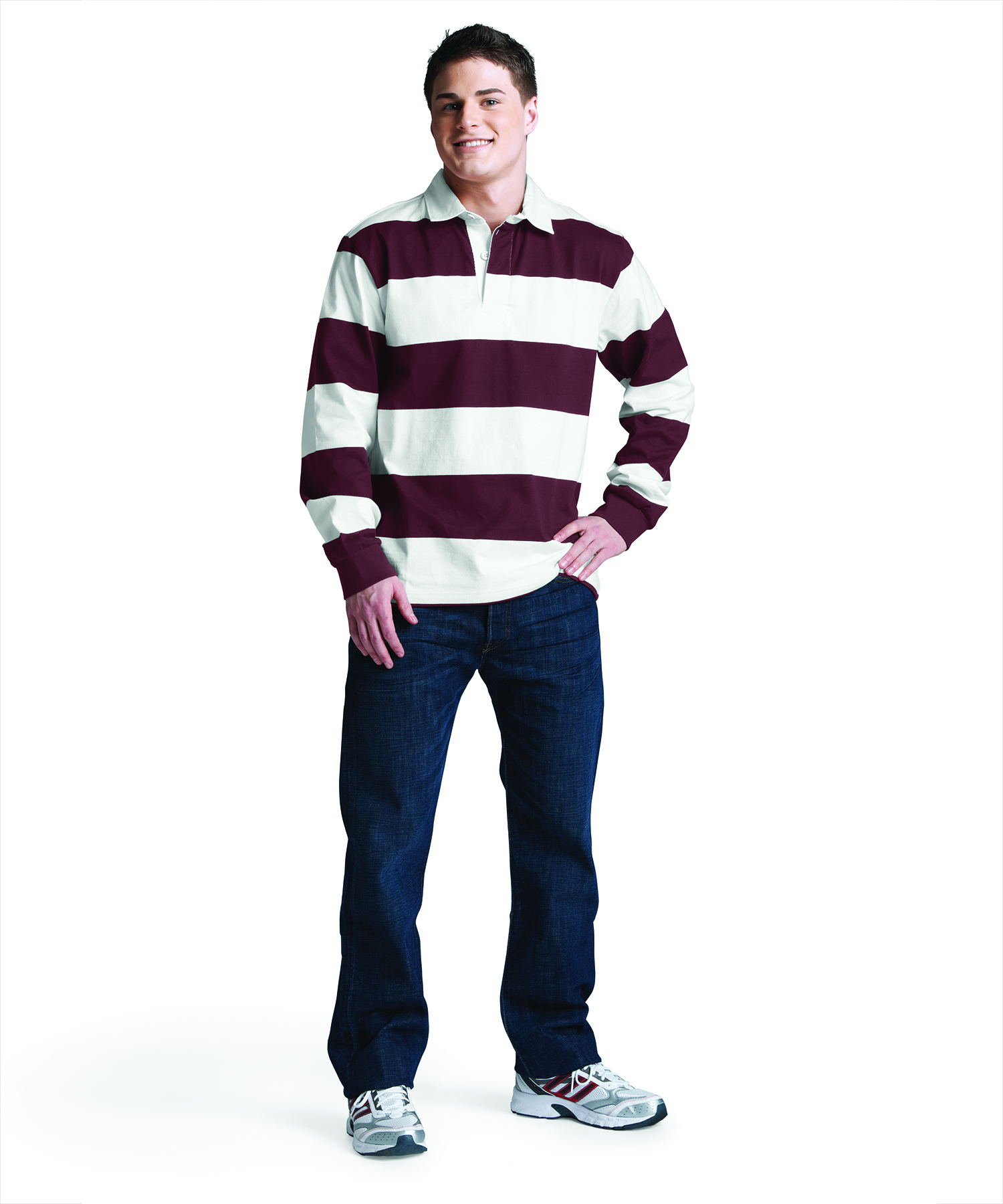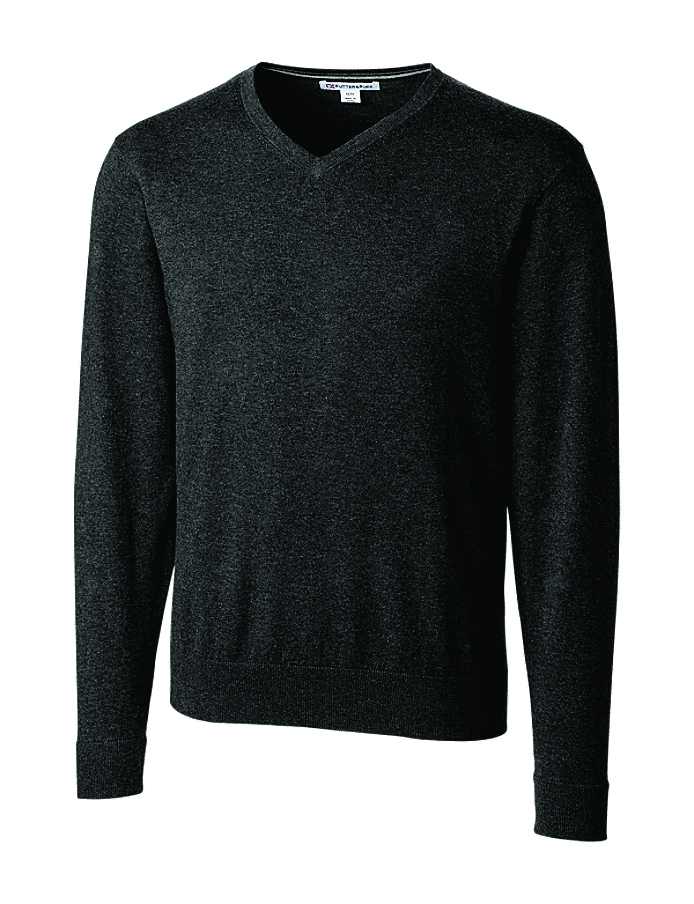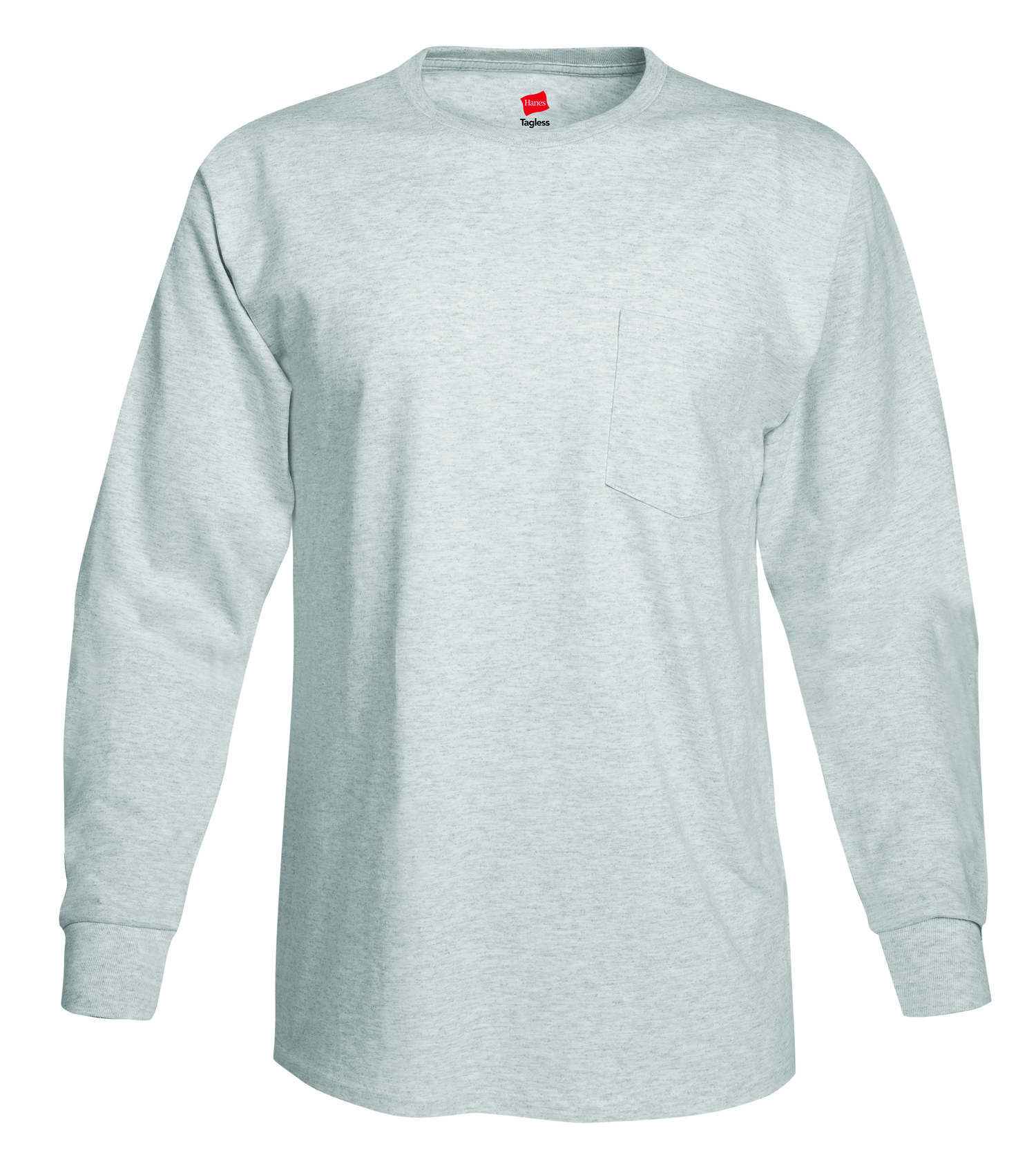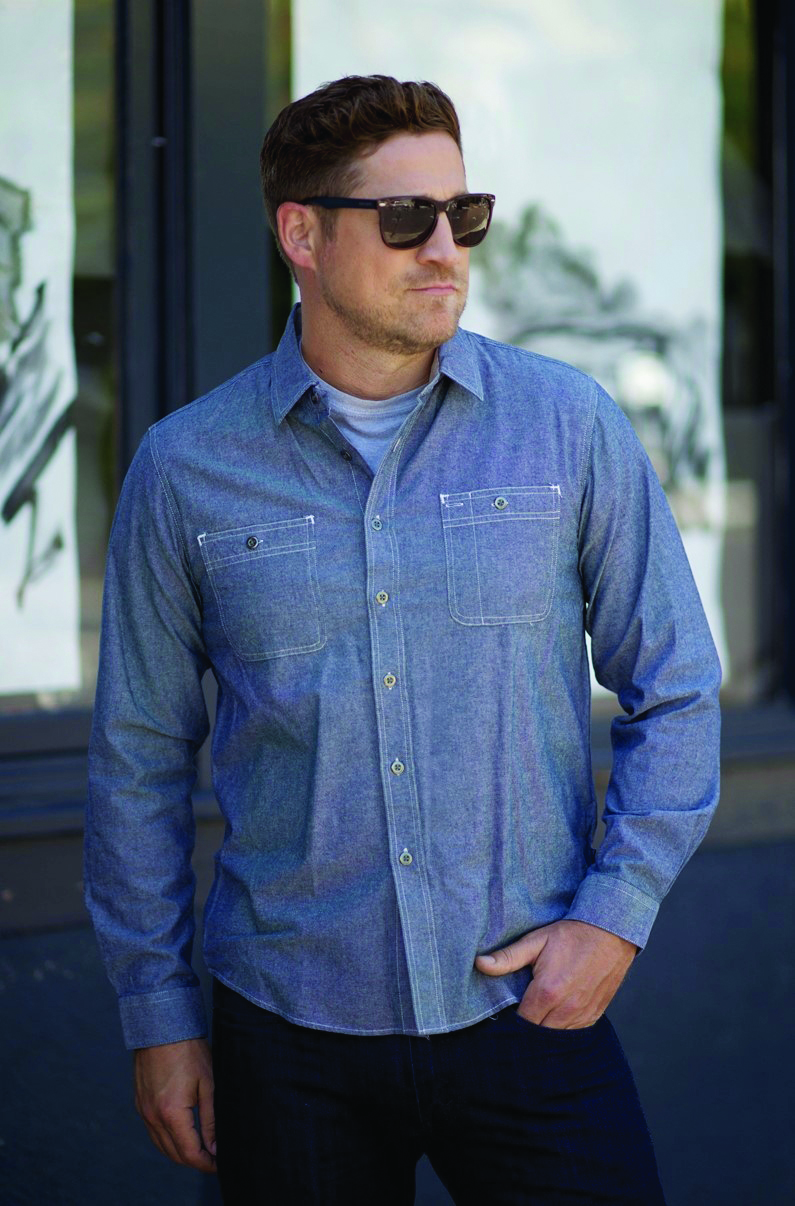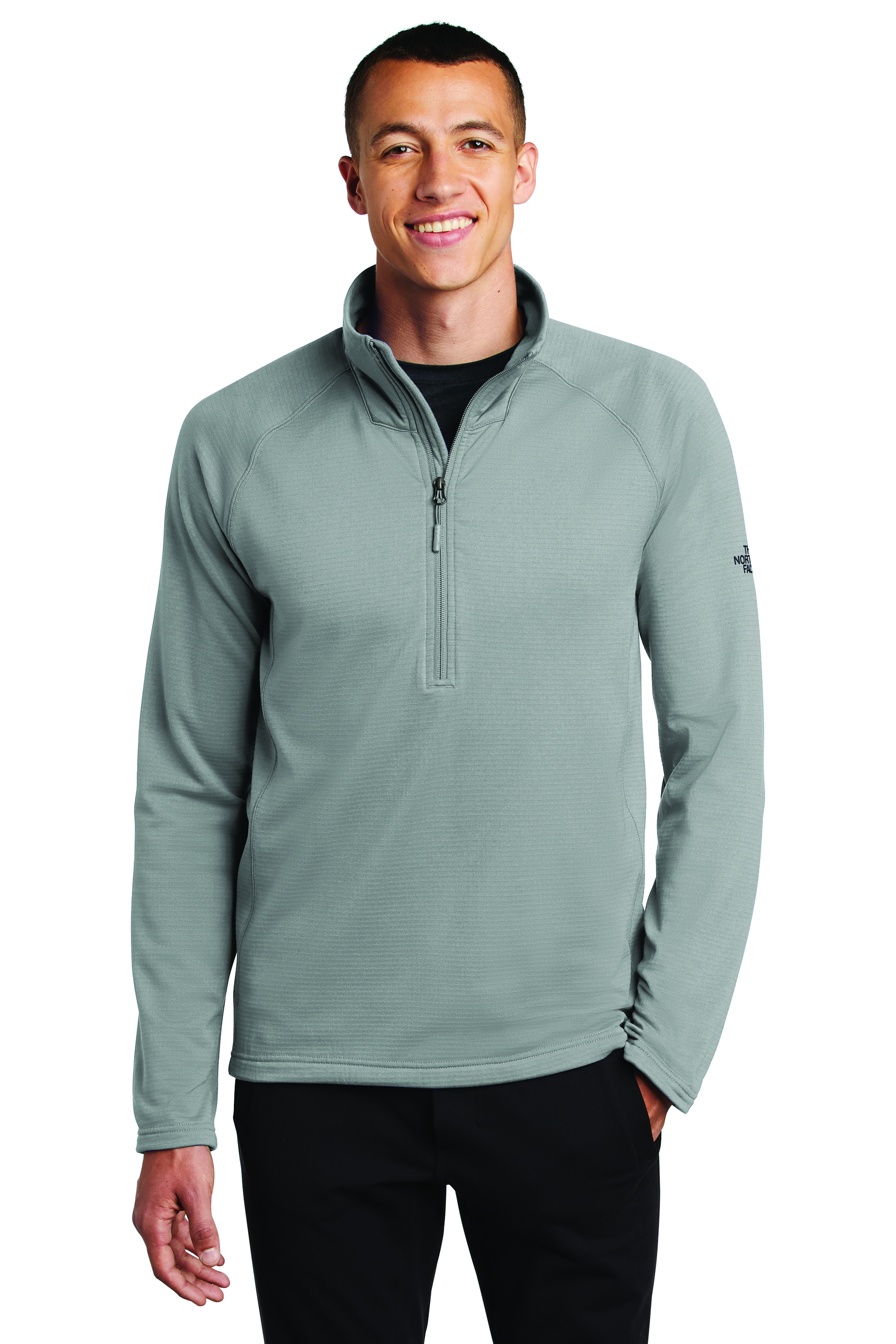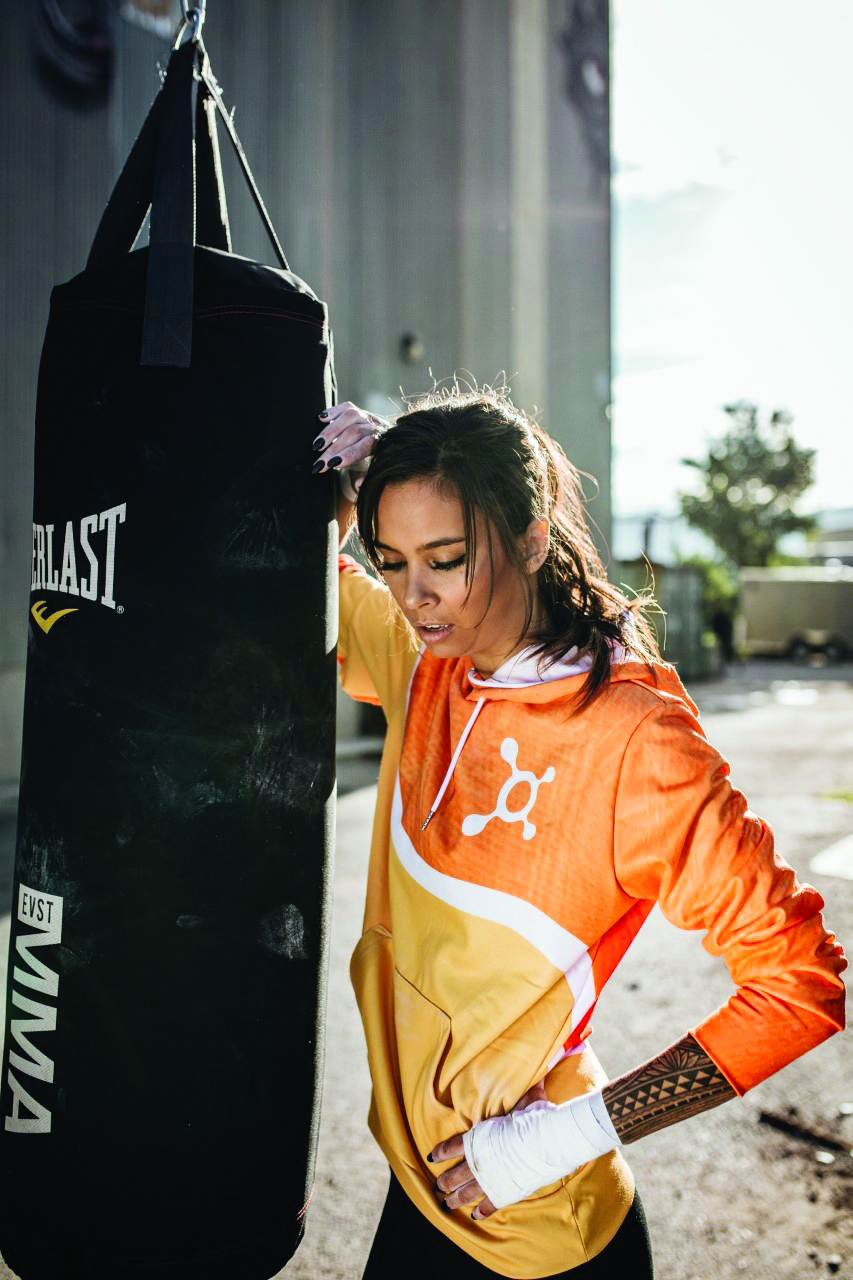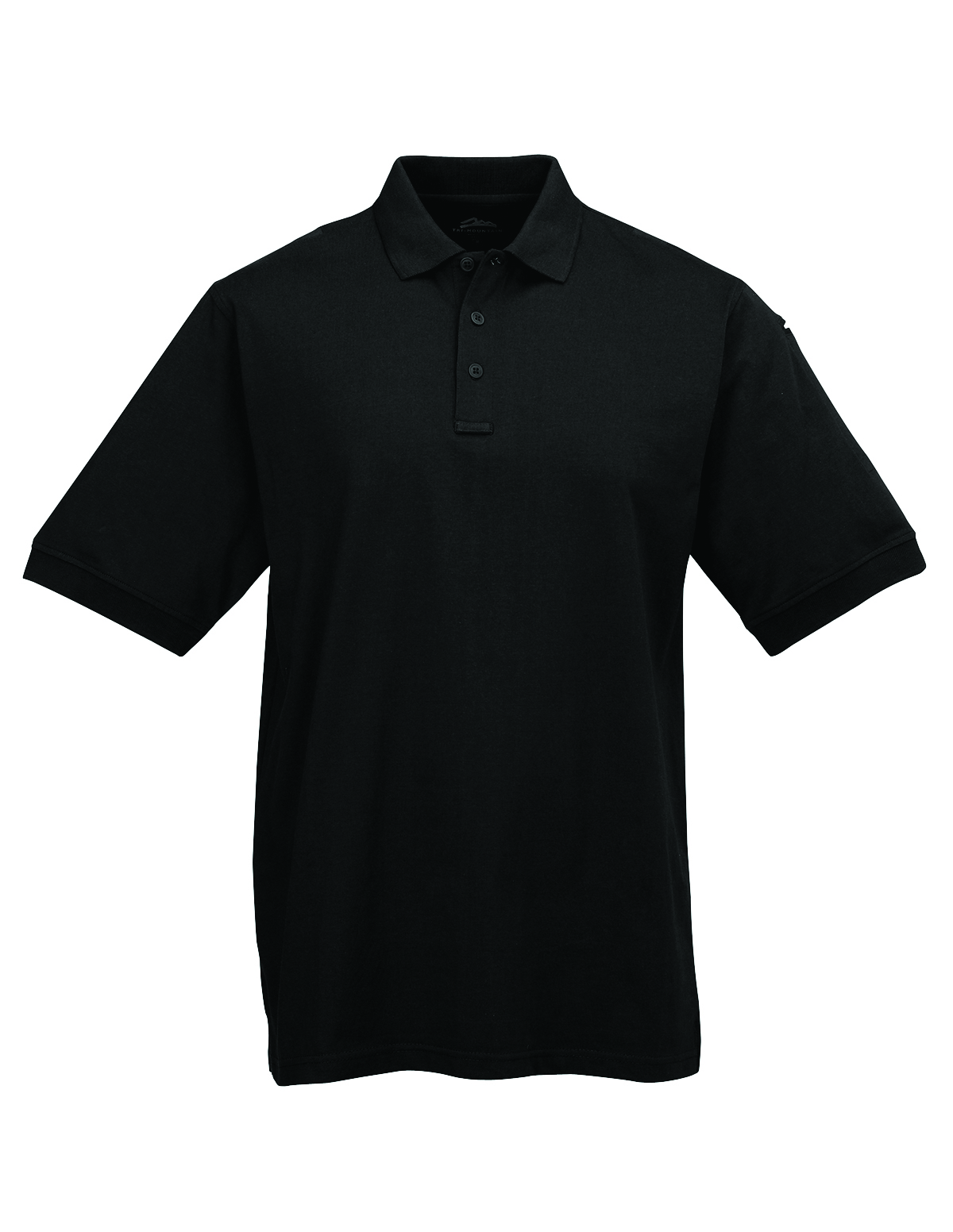Keeping up with fashion trends is a losing battle. It seems like by the time we are finally aware and accepting of a trend and adopt it into our own wardrobes, the fashion world has moved on, leaving us in the late-to-the-party dust. Keeping your finger on the pulse of the style world and acting accordingly can seem impossible, and that’s without anyone even asking you to dress end-users in styles fresh off the runways of Milan, Paris and New York (and other cities that like fashion). But you’ll still want to be aware of upcoming trends, fabrics that people want to wear, and styles with in-demand silhouettes and fits.
We can’t predict the future, but we can consult some experts. So, we spoke with Taraynn Lloyd, vice president of marketing for Edwards Garment, Kalamazoo, Mich., about what promo apparel trends are on the horizon for the new year, what distributors should keep in mind when working with nontraditional workplaces with ever-changing dress codes, and the cyclical nature of fits and fashion. When you’re done reading, hop on over to page 52 for a look at trending styles from 12 different industry suppliers.
New Year, New Looks
Let’s start with the basics. It’s not like when the ball drops at midnight, ushering us into a new year and decade, we’re all going to start wearing those uniforms movies set in the future led us to believe. We also probably won’t all deck ourselves out entirely in chrome, but who knows? By and large, fashion is going to evolve at the same pace it did back in the rustic 2010s, save for a few changes here and there.
Really, according to Lloyd, the biggest trend is the progression in “dressing down” at work, or at least providing more fashion-forward options for the office. “There are two new trends in uniform apparel for businesses,” she said. “This includes the section of business casual garments that are fashion-forward, meaning you see them at retail today—comfortable, easy to care for at home, offer stretch (stretch is key), and can be dressed up by adding a suit coat or a sports jacket. The second trend we are seeing is this concept of ‘building a wardrobe.’ This is fast becoming an extremely popular trend for uniform programs. What this means is associates are offered multiple options to create their uniform apparel that builds their wardrobe.”
This idea of giving employees options for uniforms has been used everywhere from airline companies to McDonald’s, which offered its workers multiple options of uniform pieces to add some choice to their workplace attire and give a more modern look to their staff.
“For example, if the associates need a uniform that requires three tops, two pants, and a jacket or vest, they will purchase three different-color top choices, two pants (casual and dress), and one suit coat or vest,” Lloyd added. “As long as they select from the garments listed in their corporate uniform guidelines, then it is simple for them to create a wardrobe that makes them look great and feel engaged. Wardrobe building gives the wearer choices and makes the image of a uniform more appealing.”
It also creates the opportunity for your clients to invest in a company store option, where staff can regularly replenish their wardrobes with new pieces. When done right, it creates consistency across a wide range of style options. That part is important, and requires attention to detail for things like color matching.
“Promotional products distributors work closely with their clients, and when they notice a change in dress code should inquire how they could provide a wearable solution that meets their budget,” Lloyd said. “They should discuss with their client that even though the dress code has been relaxed, their brand continues to be top of mind. Providing a consistent brand or image message is critical, no matter if they are wearing a dress shirt or polo.”
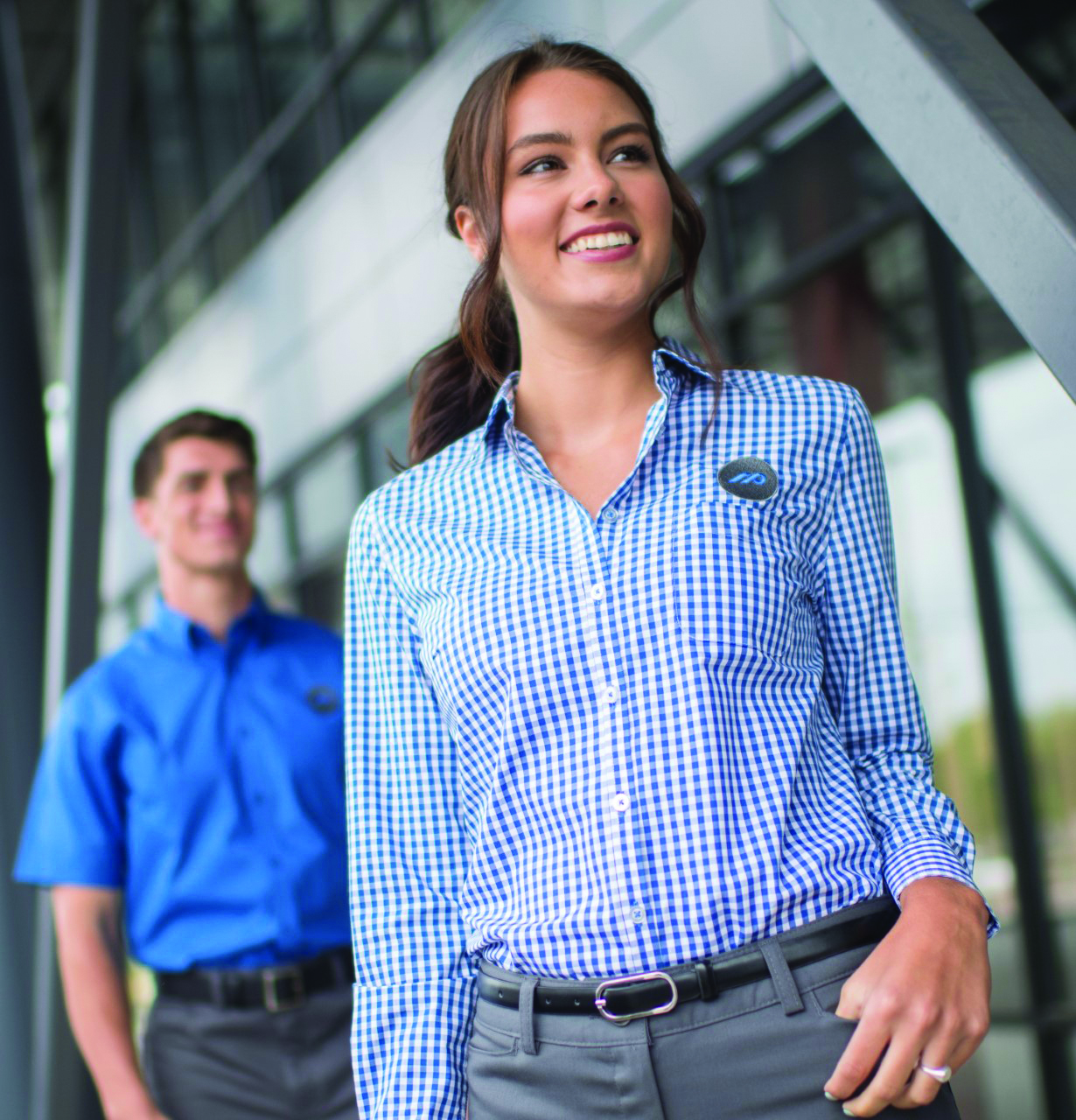
Style and Fit
While fashion is ever-changing, there are certainly styles that will always be popular. You can look back at your parents’ yearbooks and see styles that have made a comeback today. Still, it’s important to note little details that change over time to keep even the evergreen styles contemporary and desirable.
“There are always a few styles that are timeless in their appearance, but ever-changing in the fabrics and colors,” Lloyd said. “For example, a dress shirt or basic polo seems like they transcend time. When you look at them, the styling details remain similar year after year. The difference is always in the fabric and construction. For example, dress shirts must be no-iron and constructed with taped seams in order for the home launder requirement going from dryer to dressed. Conversely, the basic polo must offer snag-proof performance, UV protection, colorfastness and an anti-microbial fabric shield. Both are timeless garments with current fabrics to meet today’s trend.”
The thing that is typically tweaked in otherwise timeless styles is usually the fit. The last decade was marked by a shift from slim-fitting silhouettes back to the boxier looks of the ’90s. In this sense, a polo isn’t just a polo, and a dress shirt isn’t just a dress shirt. Even though, on paper, those are items that never go out of style, a slightly outdated fit can make it look entirely unfashionable. Most importantly, people want options. Since everyone is different, some people want a looser fit and some want a slimmer fit. Nothing is truly one-size-fits-all.
“Edwards has been reviewing apparel fit for a number of years,” Lloyd said. “Our merchandising and product development teams have worked with Alvanon, an outside consultant, to create the Edwards fit for men and ladies. To that end, we’ve developed four fit silhouettes, which we use to inform purchasers on how to make the right selection. These four fits are relaxed, tailored, slim and the most-often-requested traditional fit. Each fit offers a different type of ease over body, with relaxed offering the most ease over body and slim offering a closer to the body fit.”
Finally, as a representative of your products, it’s important to give off a sense of confidence for the potential buyer. You can do that by wearing the products yourself to show off how good it looks and holds up to the job. Imagine if you were shopping for a car and the dealer drove up in a different brand. You wouldn’t really trust anything they said about your potential new ride, would you?
“As an influencer in the types of garments that are purchased, the distributor should wear what they are selling to their client,” Lloyd said. “The best endorsement of a winning style is something that you’d select if the roles were reversed.”
Apparel Gallery
And, finally, check below for 12 different promotional apparel styles for 2020.
